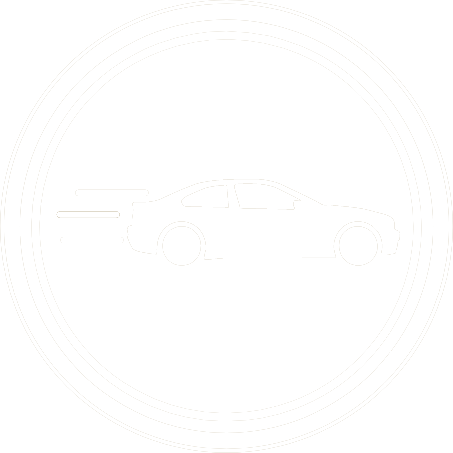Have you ever considered that sneaky little gap you took to get ahead of a truck in the traffic is the space it needs to slow down safely and if the traffic does come to a sudden halt you are likely to become that truck’s hood ornament.
Think about it!!!
“Truck drivers tend to have a bad reputation, and unfairly so. Many are some of the most experienced drivers on the road if you consider the number of kilometres travelled in their career, to the number of accidents,” points out Ryan Gaines, CEO of City Logistics, a privately-owned logistics company in South Africa.
Here truck drivers share some guidelines they implore road users to consider when travelling this festive season.

While you consider the trucks, think about a new car - CHANGECARS
Keep a safe travelling distance
According to drivers at City Logistics, it’s vitally important to keep a safe distance from trucks – because they carry extremely heavy loads and they’re unable to come to a complete halt immediately. Due to the size and weight of these trucks, it takes at least 200 metres to 300 metres – or approximately 60 seconds – for trucks to come to a complete stop.
Stay in sight
Motorists should always remember to stay in sight. There’s a simple rule: if a motorist is travelling behind a truck and cannot see the truck’s mirrors or cameras (which replace mirrors on many modern trucks), the truck driver cannot see that motorist. It's most important not to follow directly behind the truck, as the motorist becomes invisible – because he/she is effectively in a blind spot.
Avoid overtaking with sudden stopping
Motorists should also never pull in front of a truck and then slam on the brakes, especially when travelling downhill. There is a possibility that the load being drawn cannot be stopped by the brakes, as the momentum of the weight presses the trailer – and its load – forward. This is especially dangerous for trucks that are carrying liquid. Sharp braking will propel that liquid forward.
Many trucking and logistics companies ensure their drivers are highly trained, and that their trucks are well maintained, modern and safe. Drivers, for example, undergo intense training programmes and the rigorous training necessary to obtain an EC (Code 14) licence. According to Daimler’s Fleetboard telematics system, the drivers at City Logistics for example are rated 9/10 (the industry average is 7/10).
“If motorists are able to consider this advice from truck drivers, we can all contribute to safer travelling conditions this festive season,” he concludes.
 Colin Windell
Colin Windell
proudly CHANGECARS











